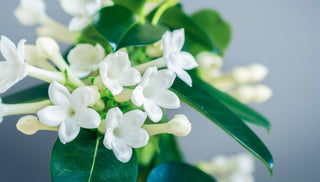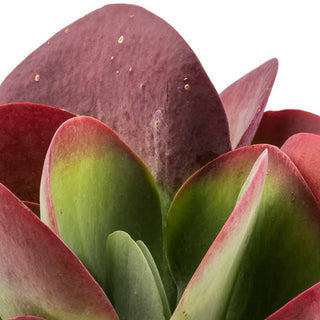☘ Origin: Mexico, the West Indies, and Central and South America as far South as Bolivia
☘ Botanical Name: Zamioculcas Zamiifolia
☘ Family: Zamiaceae
☘ Common Name: ZZ Plant
Symbolism: Its upwards leaves symbolize growth and advancement which is considered auspicious.
🍃 Shop Your ZZ Plant Today!
🔆 Light
Moderate to bright indirect sunlight for best results. It will also tolerate low light. Keep it out of hot, direct sunlight which can burn the leaves. If the light is too intense for your ZZ, you may see some brown spots on the leaves.
Give your plant a turn every few days to expose all sides to light for even healthy growth from all sides.
💧 Water
The ZZ Plant is like a cactus in that it needs less, rather than more, water. Water only when the soil is dry, and then allow to dry out again. One of the only ways you can kill this low maintenance plant is to over water it. A Zamia Plant that turns yellow means that it is getting too much water and it may be rotting.
To give your plant the absolute best, room-temperature rainwater and bottled spring water are your best options. Any water containing sugar or salt will hurt your plant!
☁️ Humidity
Average indoor. This plant does not require any extra humidity.
🌡️ Temperature
Average room temperatures (18-24°C). Avoid placing your plants near heating and air conditioning sources.
🧴️ Food
Feed every (3) months. It's also recommended to feed at the time of watering to avoid fertilizer burn and overwatering.
🐾 Toxicity
Mildly toxic to pets and humans. Typically, ingestion will cause mouth and stomach irritation and possible vomiting.
➕ Additional Tips
As a survival technique, the ZZ Plant has evolved to start dropping its leaflets to conserve moisture during periods of severe drought. If you forget to water yours and see the leaves fall off, don’t give up hope! Water your plant immediately and it should come back. This plant is shiny on its own, never spray with leaf shine. Ignore this plant and it will be happiest.



